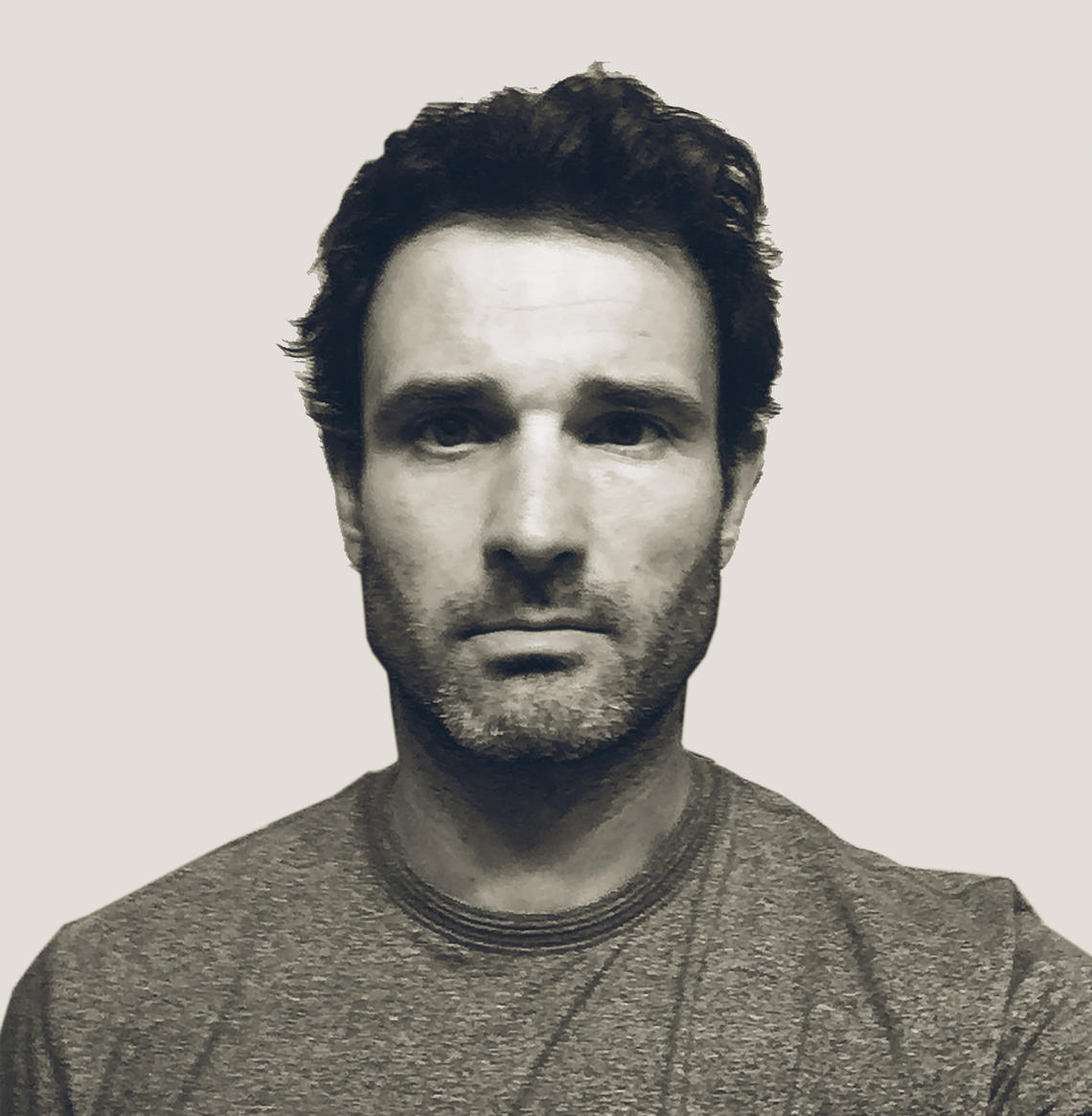Gordon Skilling: Modular Urbanism
Combining modular and multi-scalar design strategies in creating sustainable landscape architecture design and construction processes
KEYWORDS
MEDes
Modular design
Sustainability
Landscape architecture
Multi-scalar design
Placemaking
Tactical urbanism
SUPERVISOR
Kris Fox
ACKNOWLEDGEMENTS
Kris Fox, Dr. Enrica Dall’Ara, Dr. Mary Ellen Tyler, Josh Taron, George Harris, Dr. Bev Sandalack, Kasian Architecture: Lifescape, Judith MacDougall, Will Craig, Vuk Sharon Martens, Yves Trepanier from Trepanier Baer Gallery, and my family.
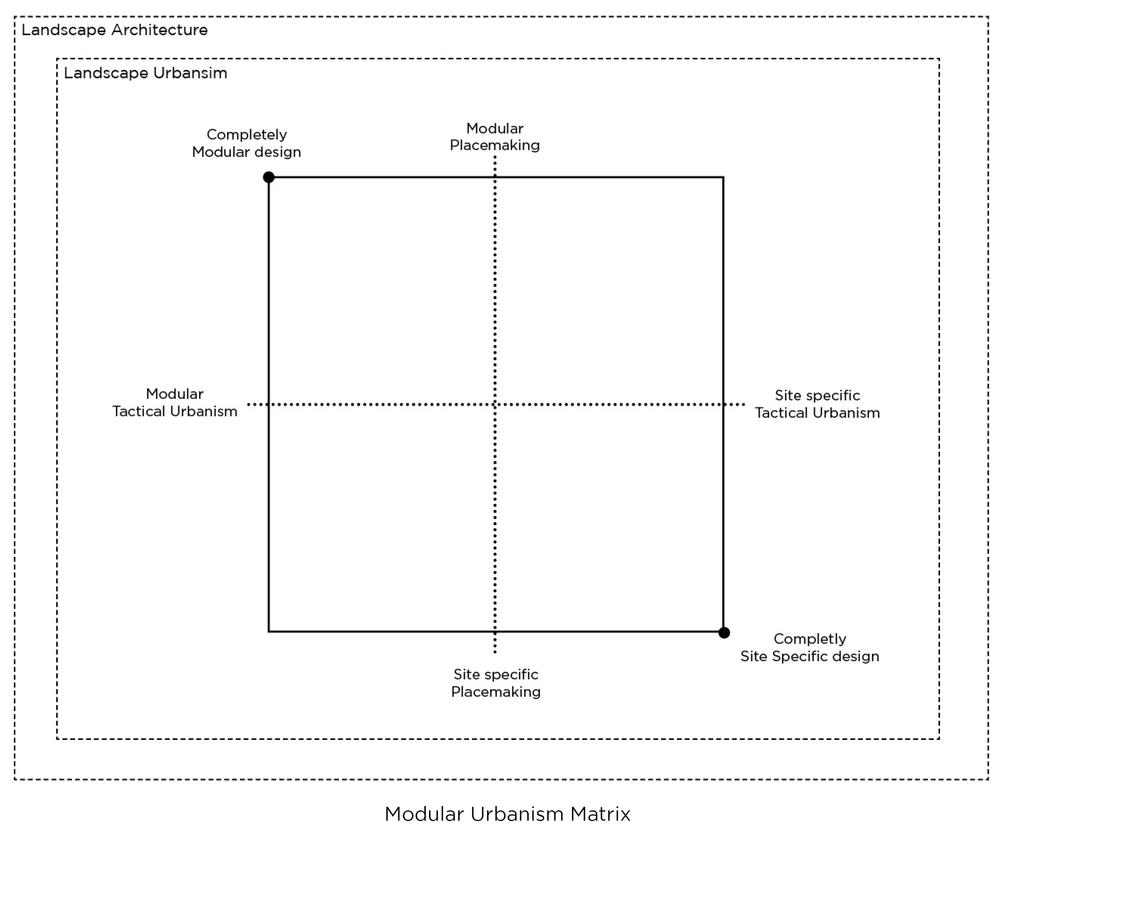
Modular Urbanism: Combining modular and multi-scalar design strategies in creating sustainable landscape architecture design and construction processes.
In the continued effort to fulfill its professional mandate to build sustainably, the discipline of landscape architecture has begun the transition from emphasizing site-specific design and construction (a “one-off” approach) towards more expansive methods that better address material efficiencies, life cycle performance, and end of life building practices through redevelopment, adaptive re-use and retrofitting. Within this context, this thesis asks how modular design thinking could offer an alternative approach, especially when combined with the multi-scalar techniques and principles of tactical urbanism and placemaking in the (re)design and construction of sustainable urban spaces. Often thought of as generic, repetitive, and monotonous, with regard to the built environment, this thesis will suggest that modular design thinking, at the site scale, has direct application to landscape architecture in not only (re)activating urban spaces, but in creating meaningful sense of place.
Highlights will include three interdisciplinary design case studies, that engaged community, and municipal stakeholders. This thesis will touch on the importance of interdisciplinary practice in the development of novel, specific yet scalable, adaptable yet economical forms of urbanism, and in doing so, develop possible alternative design processes in generating normative practices in landscape architecture design and construction.
Acknowledgements
I would like to thank my supervisor Kris Fox for supporting me throughout my graduate school career. I would also like to thank the faculty of SAPL for their continued support, including Dr. Enrica Dall’Ara, Dr. Mary Ellen Tyler, and Josh Taron. I would also like to thank George Harris and Dr. Bev Sandalack for helping me onto the landscape path.
This thesis could not have happened without the support of my Mitacs professional partner Kasian Architecture: Lifescape, especially, Judith MacDougall, Will Craig, Vuk Filipic, & Sharon Martens, as well as, Yves Trepanier from Trepanier Baer Gallery. Thank you all for your support and encouragement throughout my thesis journey.
Lastly, I would like to thank my family for giving me the opportunity to pursue my interests and complete this degree, and for putting up with me.
Research and Methodology
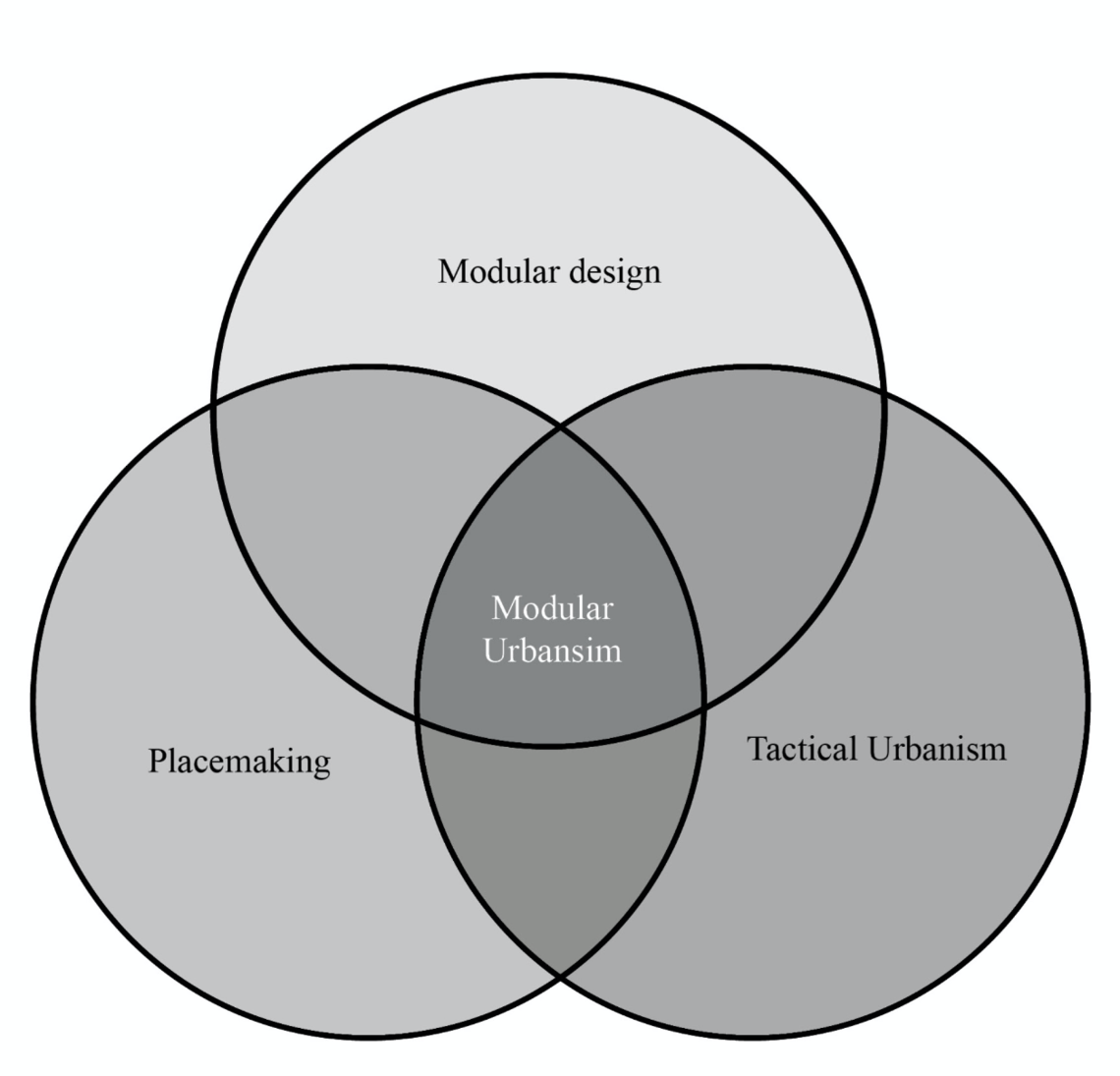
Modular Urbanism Venn Diagram
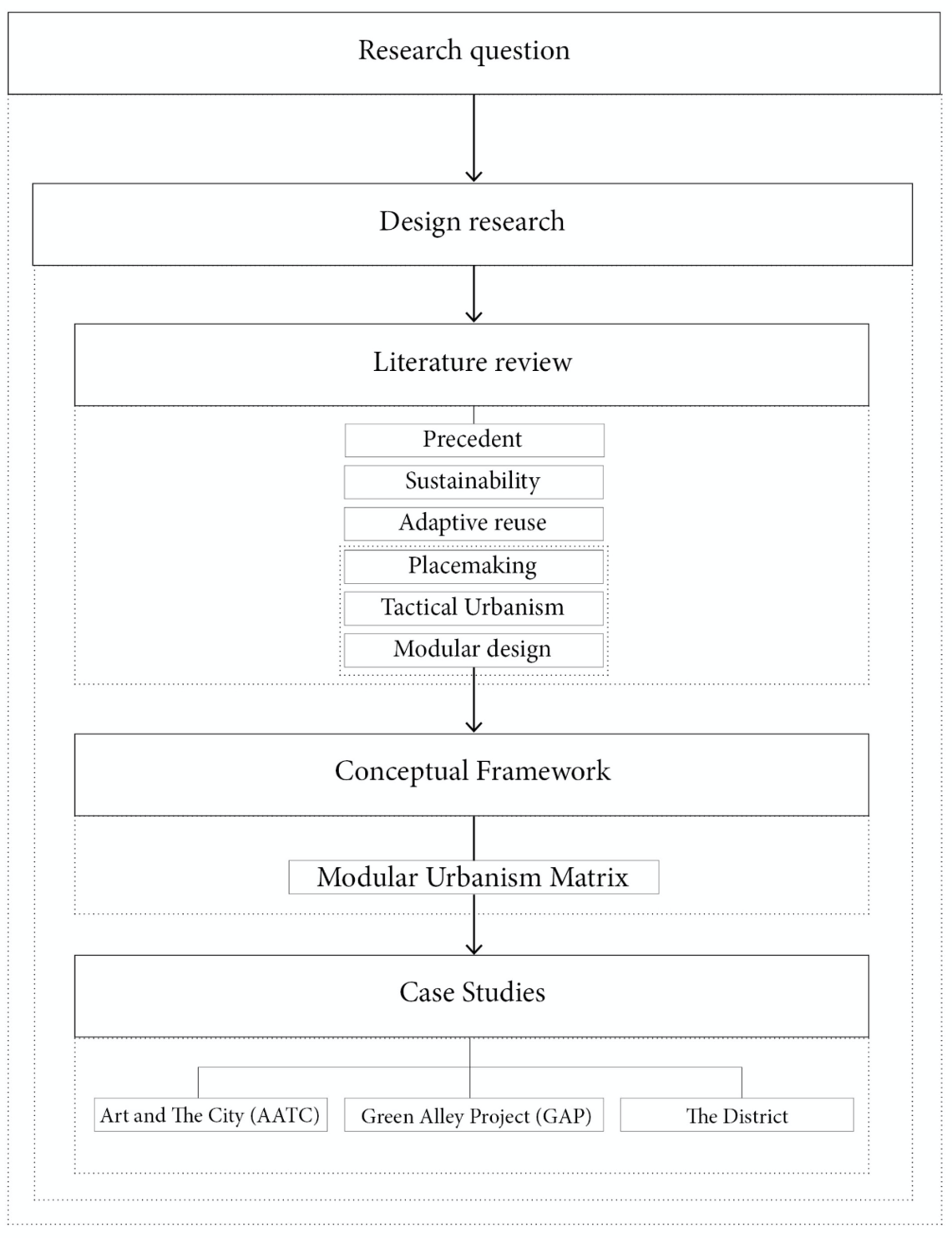
Research Methodology Design Diagram
Design Case Studies
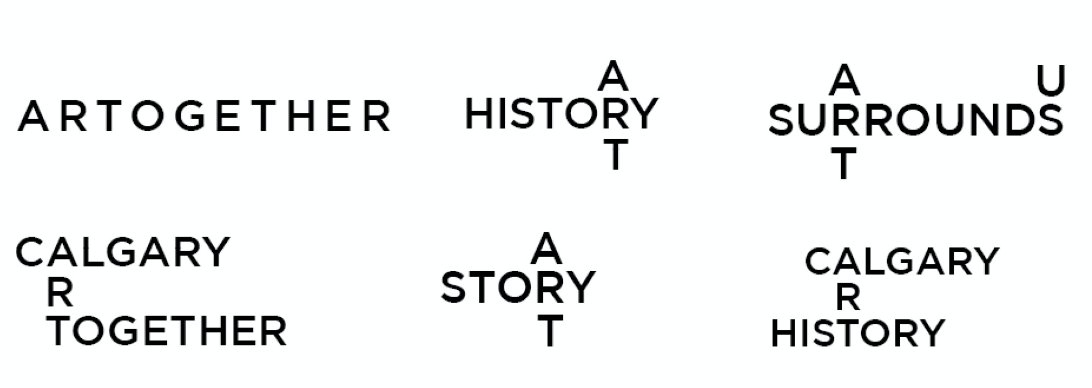
Art and City 2019, Word Art Configurations
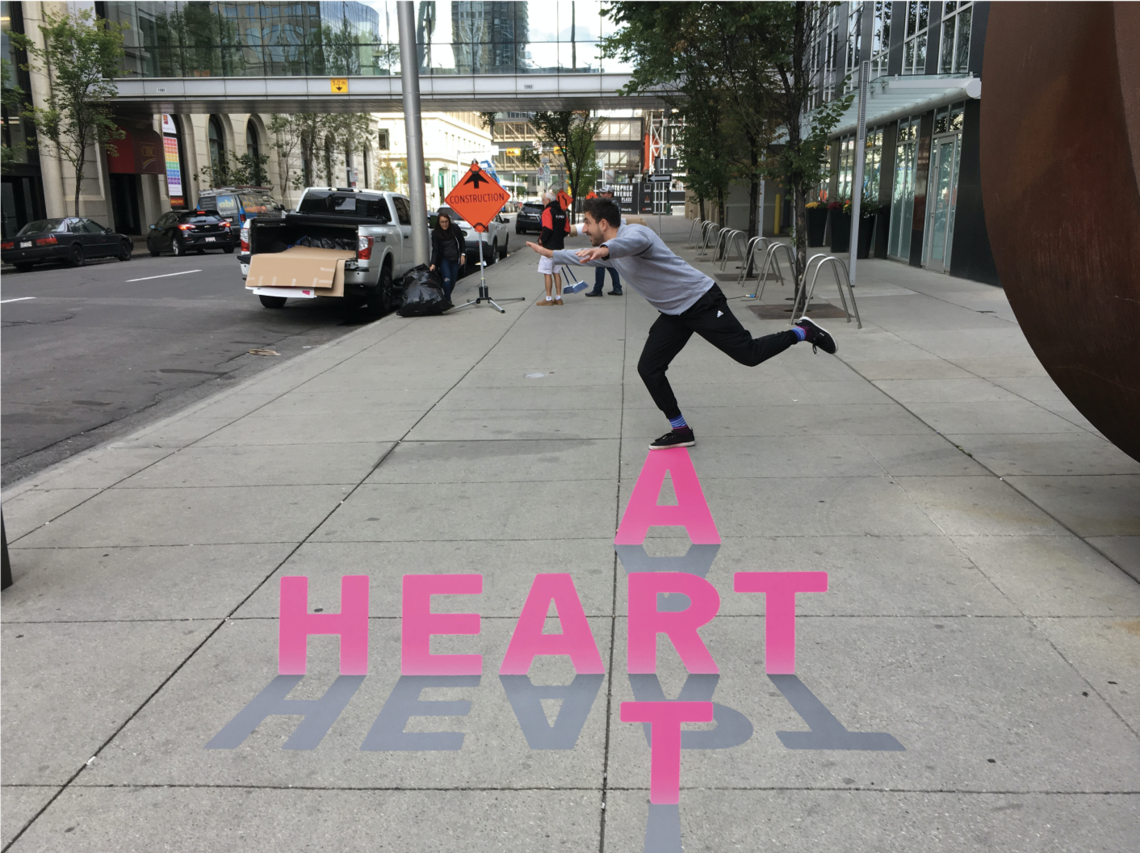
Art and the City, Onsite Art Shop Anamorphic Word Art
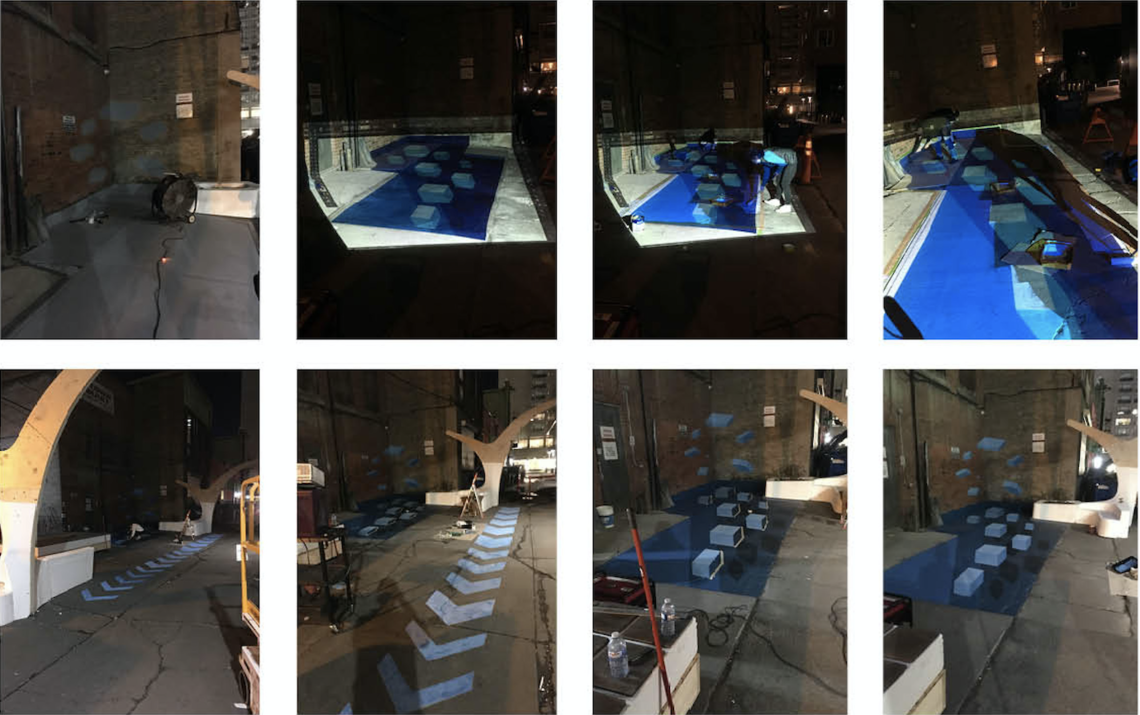
Green Alley Project, Corner Activation Mural, Anamorphic Painting Process
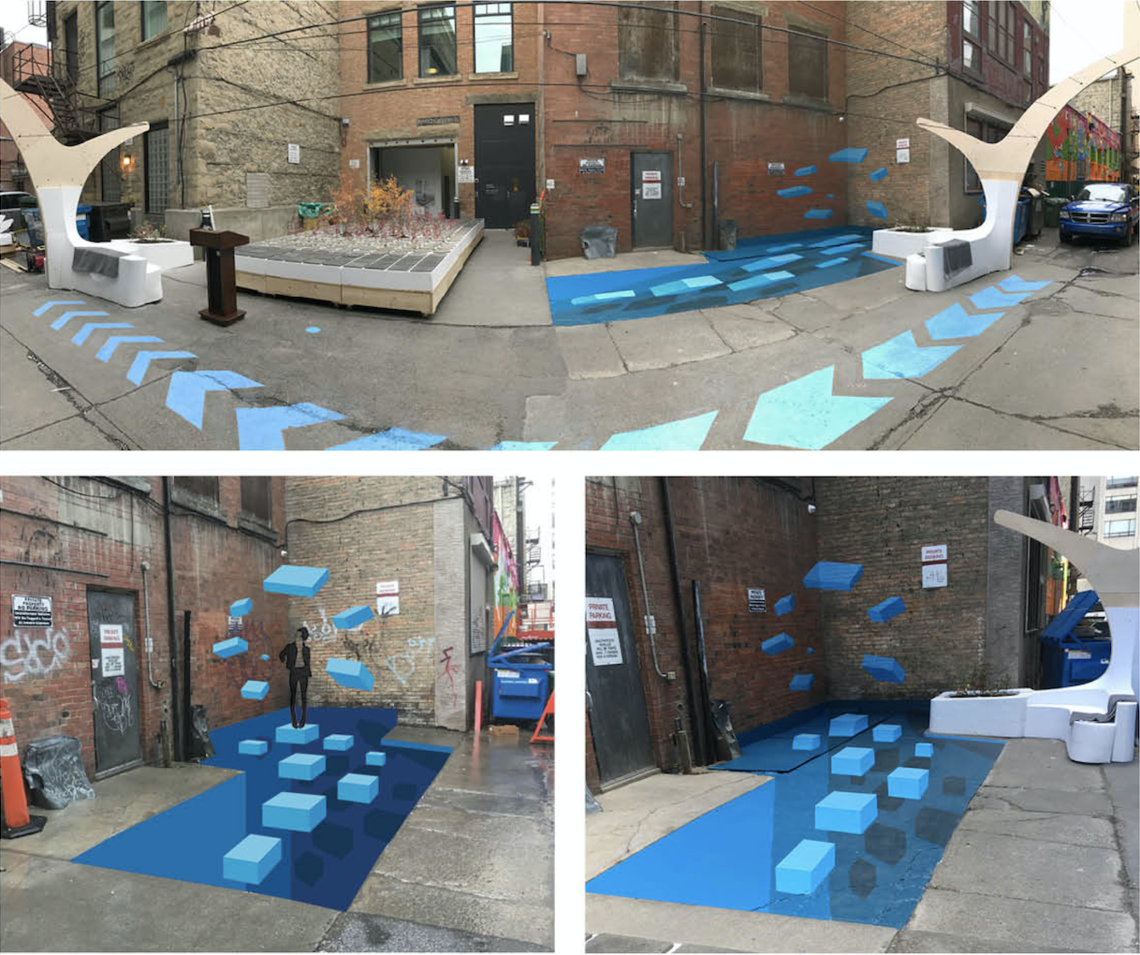
Finished Green Alley Project Corner Activation Mural
Design Intervention: Courtyard Redesign
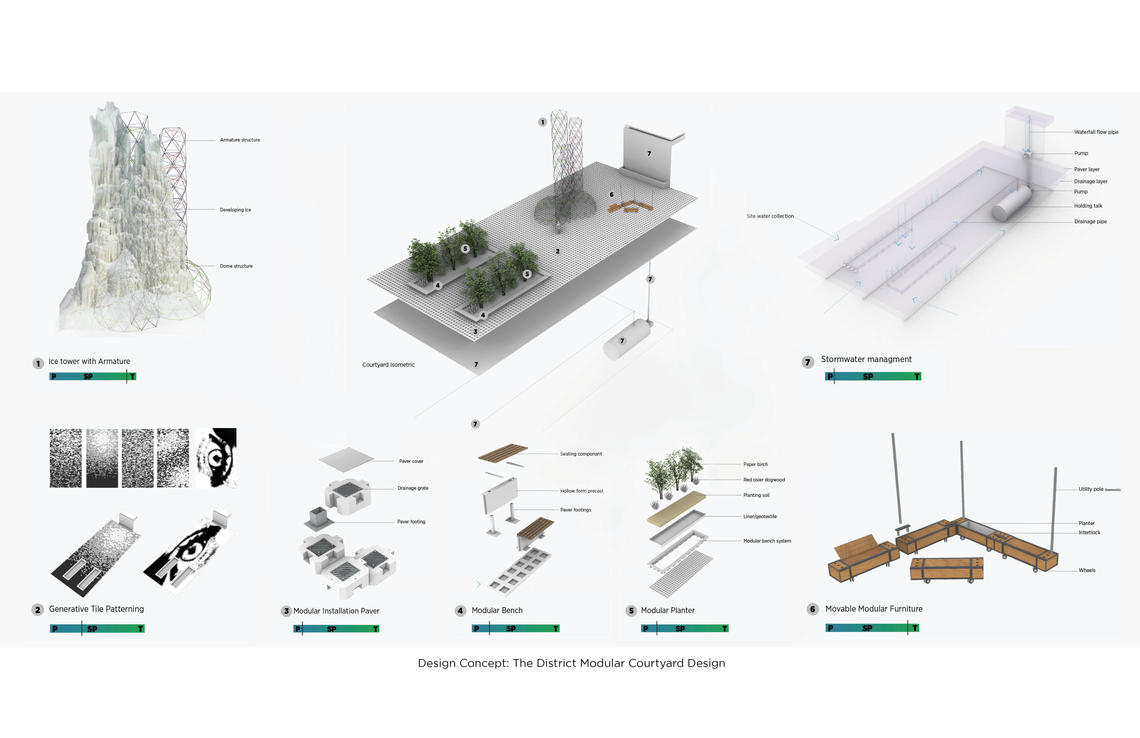
Design Concept: The District Modular Courtyard Design
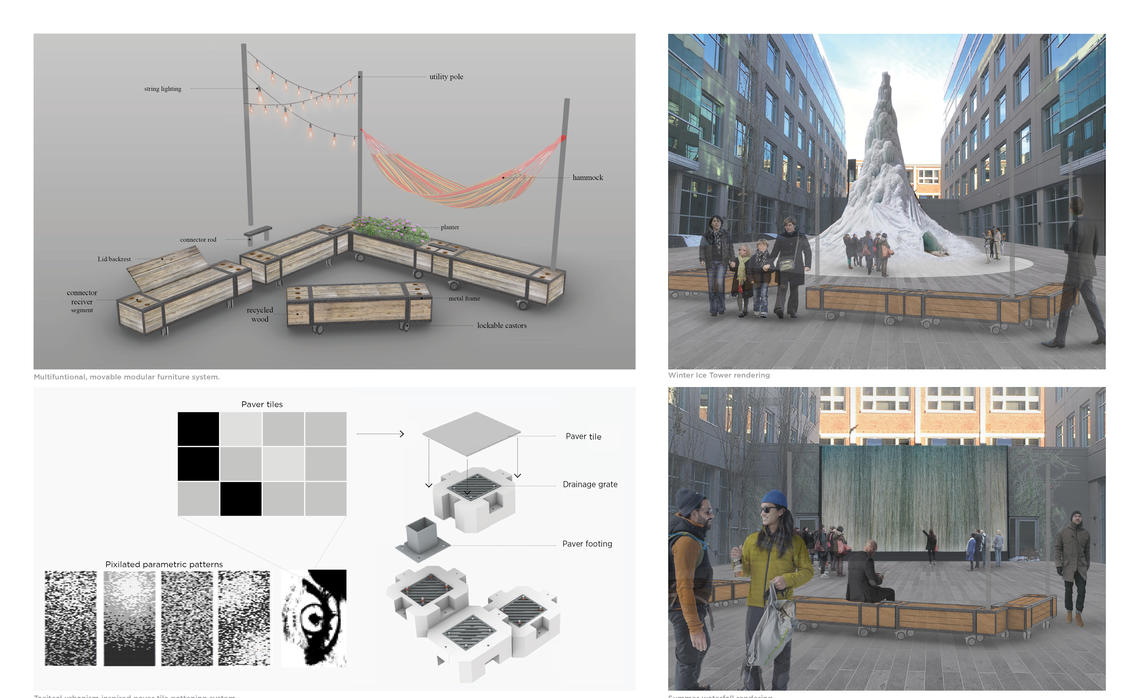
The District Modular Courtyard Design Elements

